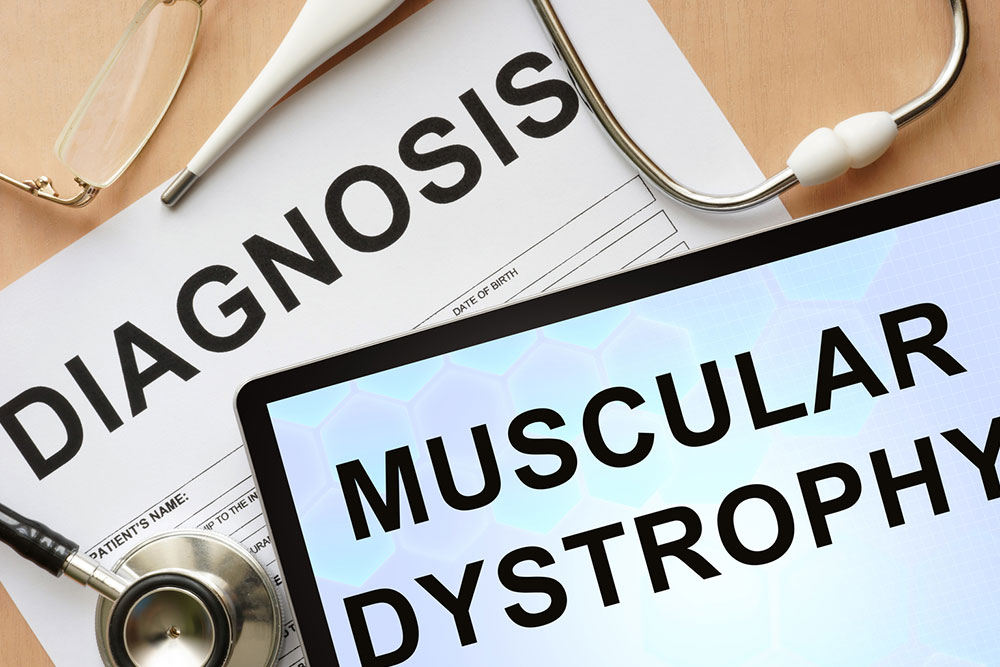Muscular dystrophy – Warning signs and management

Muscular dystrophy is a group of genetic disorders that lead to progressive muscle weakness and degeneration. While there is currently no cure for muscular dystrophy, early detection of the health issue can pave the way for treatment alternatives that can significantly improve the quality of life for affected individuals. But first, it’s important to understand the symptoms of the condition. Hence, here are some early warning signs and treatment alternatives associated with muscular dystrophy.
Early warning signs
Muscle weakness
One of the earliest signs of muscular dystrophy is muscle weakness. Children may have difficulty standing up from a seated position, walking, or lifting objects. This weakness typically starts in the hips and legs.
Delayed motor skills
Children with muscular dystrophy may experience delays in reaching developmental milestones such as crawling and walking. Parents may notice that their child is not progressing as expected.
Frequent falls
Due to muscle weakness and poor balance, affected individuals often experience frequent falls, especially when walking or running.
Contractures
Muscular dystrophy can cause joint contractures, where the muscles and tendons become tight and restrict movement. This can lead to a limited range of motion in joints.
Treatment of muscular dystrophy
Physical therapy
Physical therapy plays a crucial role in managing muscular dystrophy. A skilled physical therapist can develop a tailored exercise program to improve muscle strength, flexibility, and mobility. Regular therapy sessions can help delay the progression of muscle weakness.
Occupational therapy
Occupational therapists can teach adaptive techniques and suggest assistive devices to help individuals with muscular dystrophy maintain their independence in daily activities.
Braces and mobility aids
Depending on the type and severity of muscular dystrophy, braces, orthopedic devices, and mobility aids like wheelchairs or scooters may be necessary to assist with mobility and reduce the risk of falls.
Finally, recognizing the early warning signs of muscular dystrophy and ensuring treatment can significantly enhance the quality of life for those affected by this condition. Early intervention and a comprehensive treatment approach are key to managing this complex condition effectively.